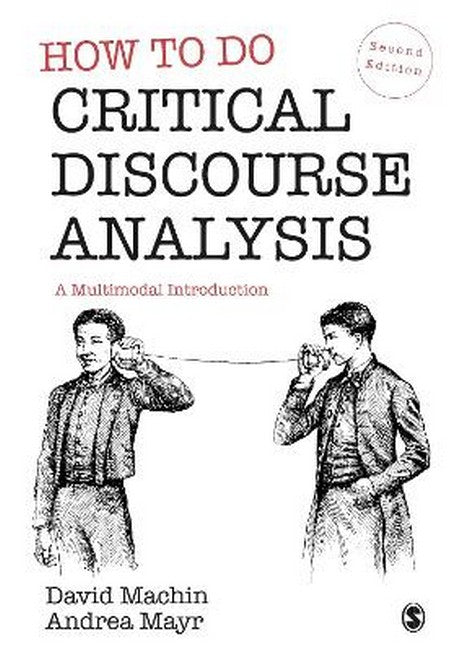Introduction: shaping the world through language Making active choices: Language as a set of resources Analysing semiotic choices: Words and images Presenting speech and speakers: Quoting verbs Representing people: Language and identity Representing action: Transitivity and verb processes Concealing and taking for granted: Nominalisation and presupposition Persuading with abstraction: Rhetoric and metaphor Committing and evading: Truth, modality and hedging Conclusion: Doing critical discourse analysis and its limitations

